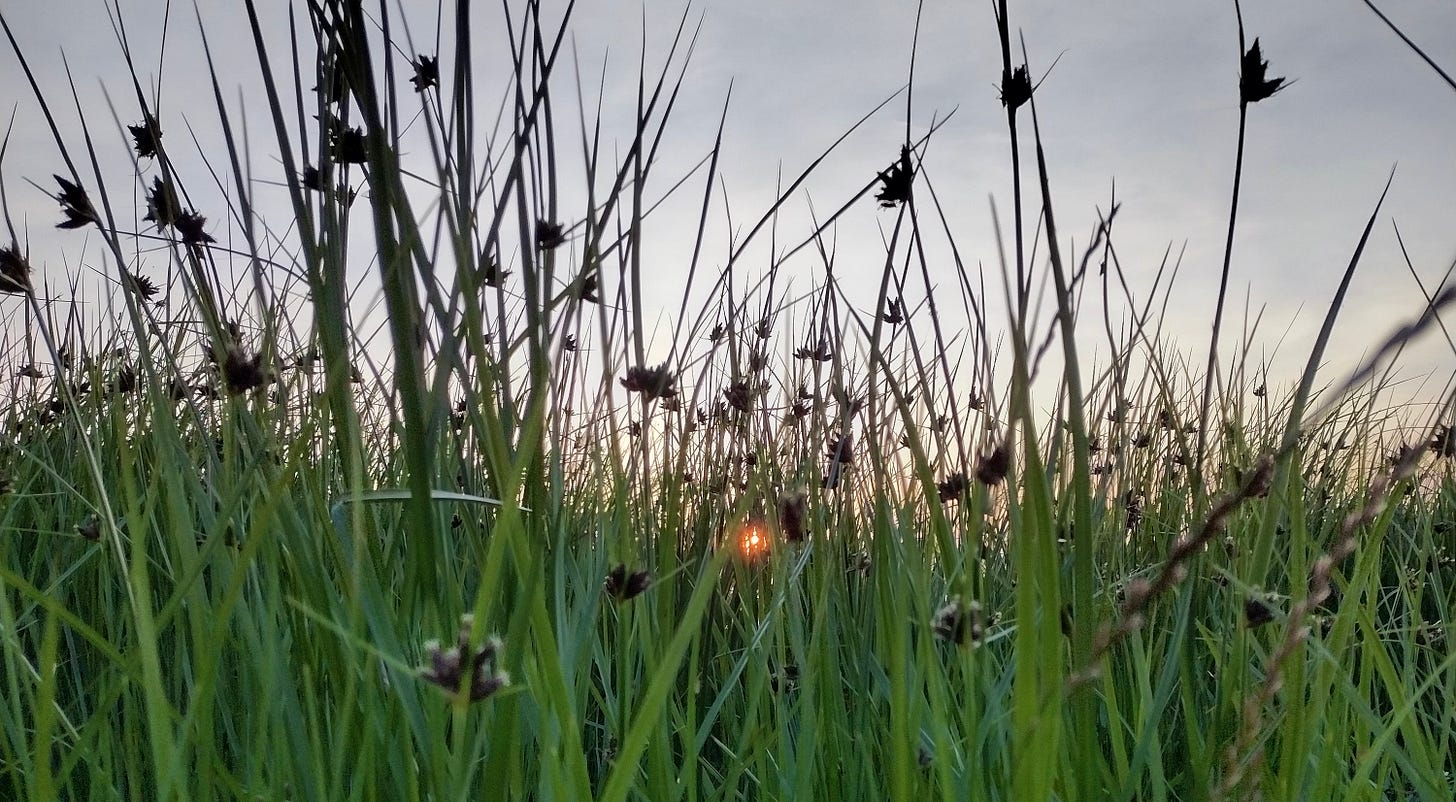
Flower friends, hello, how are you? Here at the end of another busy week, I’m reflecting on interwoven strands of creativity, art and nature that make up the web of my creative life. The three major projects I’ve been working on recently all contribute to the whole in different ways. The Hilbre project, my upcoming RHS show, and my contribution to “In Bud and Bloom” at Rheged Gallery this summer. Plants and wildflowers are always at the forefront, questions of colour coming in close behind. And then beyond that, textures and materials and how best to represent the subject matter. But underlying it all, my true desire is: to promote a connection to nature.
I spent some time this morning reading a book concerning still life, and honestly, when I say “reading an art book” it usually means “looking at the pictures” but today I actually read the words and it led to some deep thinking about the meaning and principles behind artworks depicting nature. (The book was Nature Morte by Michael Petry). It struck me how many of the artists were using nature to make a statement about the human condition, and how few engaged with nature as a living entity, something to celebrate, a source of awe and wonder. Full of death, decay and transformation, as the book traced the development of still life over the centuries, the curated images moved further from realism towards surrealism and abstraction. Of course, all of this has a place. Perhaps the reason why it hit hard today was because it was the second time this week that the move away from nature in art and culture, this disconnect from the natural world, has been demonstrated to me.
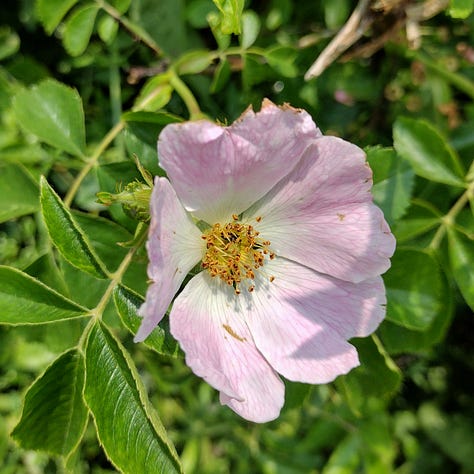
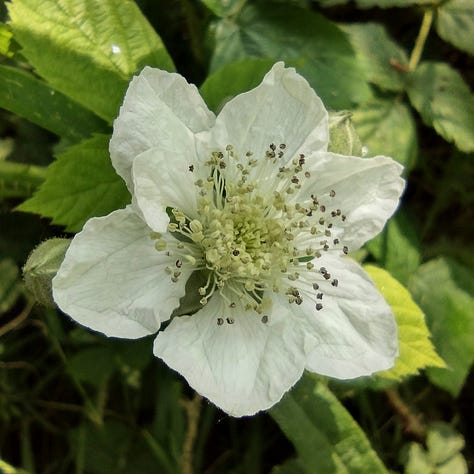
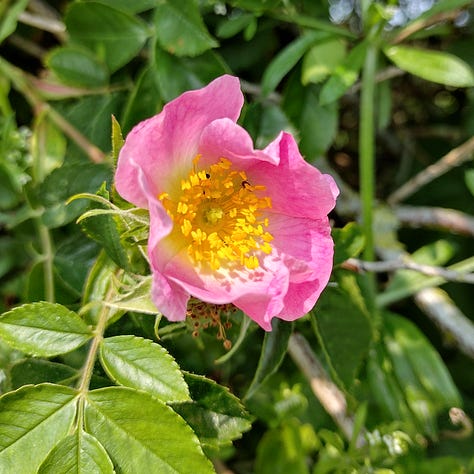
I enrolled in the Nature Connectedness course wondering what new information I would glean about my favourite subject and, maybe, unprepared for the immediate slap in the face (but why? Why was I unprepared? Acknowledging the discomfort and reluctance that comes with facing the truth has to be the first step). The first module opens with a series of graphs illustrating the use of nature-related words in English fiction over the course of the 20th century. For the first half of the century, there are ups and downs but usage across all areas (including, birds, flowers, trees and ‘general’) remains pretty much constant. And then, from 1950 onwards, the decline starts in earnest. By the end of the century we are using an average of 30% less nature-related words, and it’s not just in literature, the same decline is shown in film storylines and song lyrics too - nature features less and less frequently in popular culture. The graphs also demonstrate another startling change - from 1960 onwards the use of ‘individualistic’ words (labelled “all about me”) increases dramatically - by almost 100%. It’s a clear illustration of our disconnection from nature.
The language we use reflects the way we see the world and far better writers than I have tackled this subject beautifully, see Robert Macfarlane in The Lost Words. But all of us, me and you, who know the names of the trees, plants and flowers, the birds and the insects, we have a duty to name them when we see them, to share these words, to expand the contemporary collective vocabulary and broaden their use. Why would people care about an ash tree when they can’t pick it out in a line up? Let’s all start talking about nature more!
Circling back to my opening remarks, I was reflecting on why. For me, the pull to creativity is incredibly strong. Since I started working (at 14) - I’ve had 19 different jobs. I’m 53 now so that’s 39 years. This year marks 20 years since I became self employed. So…. for first half of my working life I tested 19 different careers, and it wasn’t until I gave into the pull of creativity and built my own practice that I found my thing. Although my practice has shapeshifted somewhat over the years, since I found paper flowers, my daemon has finally settled. Of the many strands that weave together to create my practice, the primary focus is plants and wildflowers, and the ultimate aim is always to encourage connection to nature. Before I share news from the studio, let me leave you with this quote from Kate Howlett:
You can’t force someone to care about nature with facts.
But you can awaken their awe.
Wonder is a gateway drug to action
Ain’t that the truth?! Today’s pictures are intended just to share some of the awe and wonder I’ve spotted this week. Every flower, every tree, every leaf is a little miracle. Thanks for reading and with love, as always, until next time, Ling
PS Scroll down for news from the studio including the NEW!!! Paper Garden Masterclass 🌿💚
NEWS FROM THE STUDIO I’m busy in the studio this week finishing my preparations for Wirral Open Studio Tour. Across the Wirral, over 100 artists will be opening their studios to visitors on the weekend of 14 - 15 June, you can find me at Studio 29, aka Studio 3, Wood Street, Hoylake. There are fourteen artists within a stones throw of Wood Street, so make Hoylake your destination of choice! We will be open 10-5 both days, and I can’t wait to welcome you!
BIG NEWS: THE PAPER GARDEN MASTERCLASS Following my post last week regarding the retreat I am really happy to share that we have completely changed the offering and the new details are now live on paperbydragonfly.com. The Paper Garden Masterclass is happening in Keswick, Norfolk (just outside Norwich) over the weekend of Friday 26th - Sunday 28th September. Meg and I have prepared three full days of botanical art masterclasses for you, accompanied by delicious, freshly prepared meals and refreshments to keep us going from Katie at Little Pie Patisserie. There is a huge range of accommodation close by, so treat yourself to a long weekend away in this historic town and join us to make a collection of amazing flowers! Flexible tickets are available and booking is easy, via the website. If you have any questions please contact me at flowers@paperbydragonfly.com. It’s going to be a wonderful weekend - places are limited and spaces are filling up so don’t wait, book today! £360 for the full three day Masterclass or £270 for a Saturday & Sunday ticket. Full details of the flowers we are teaching are available via the link.
PPS as I write this, I can hear a chorus of natterjack toads on the beach about 200 metres down the road. Very rare, there are only a handful of breeding sites around the UK, one of which is at Red Rocks, rounding the coastal corner of Hoylake Beach towards West Kirby. As the environment of our beach has changed, the toads have moved in, preferring warm, shallow pools on sand dunes and sandy heaths. Our rewilded beach is just perfect.
All photography by Ling Warlow 2025





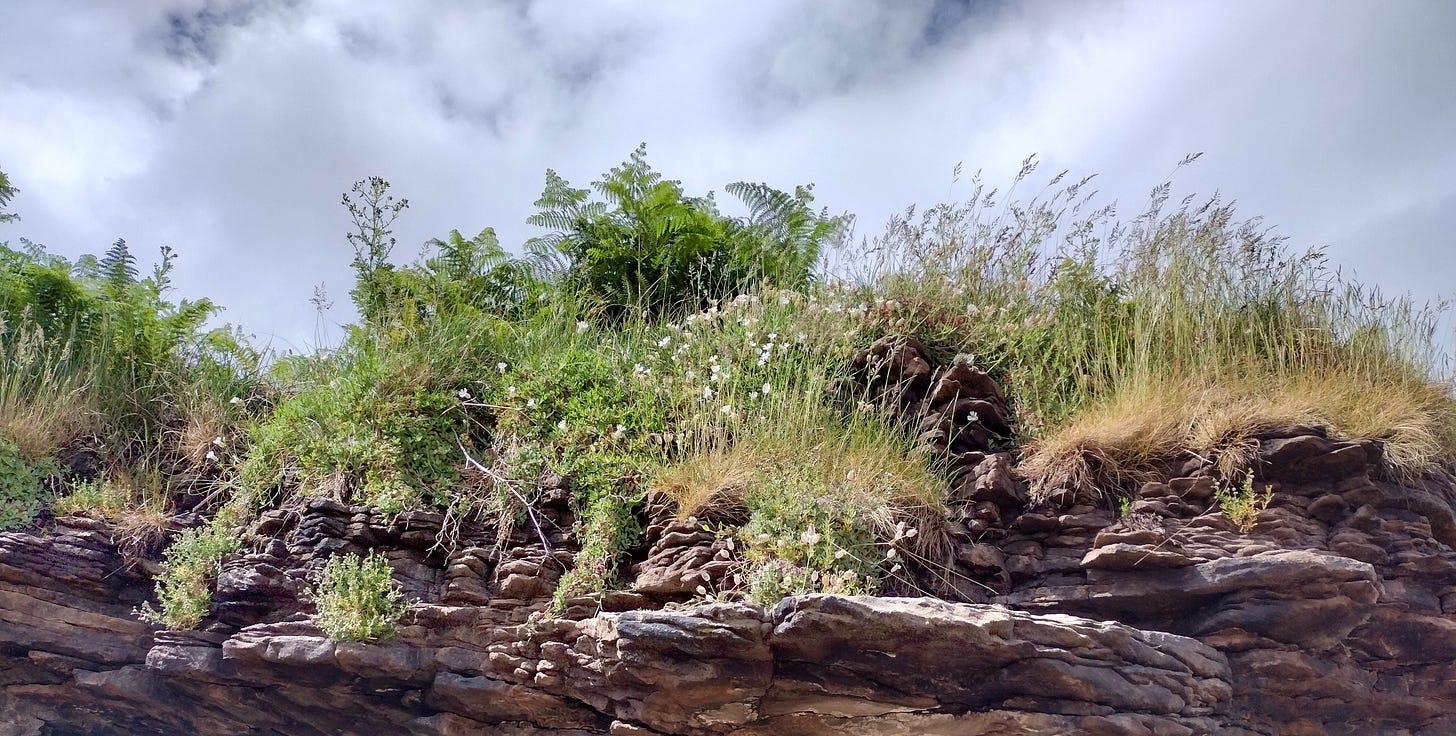
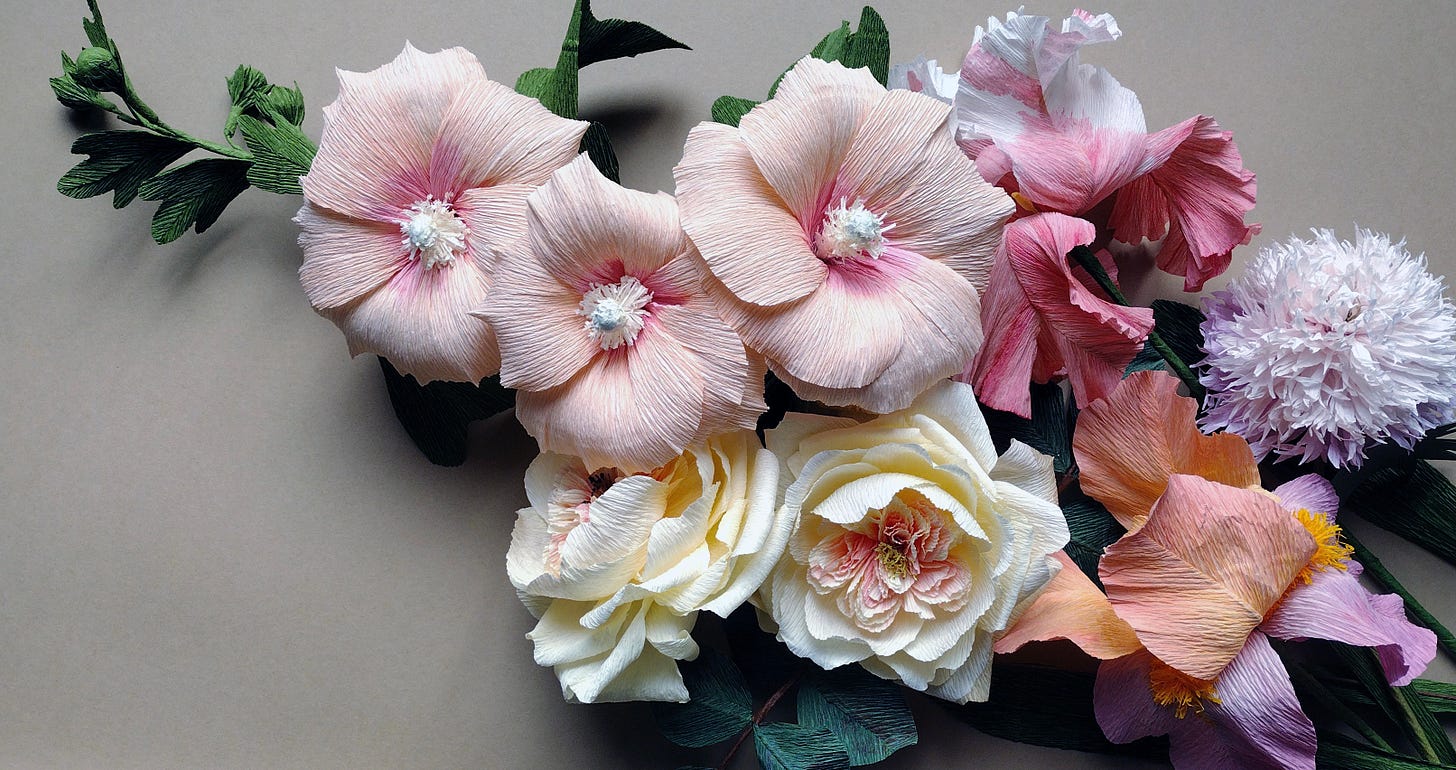
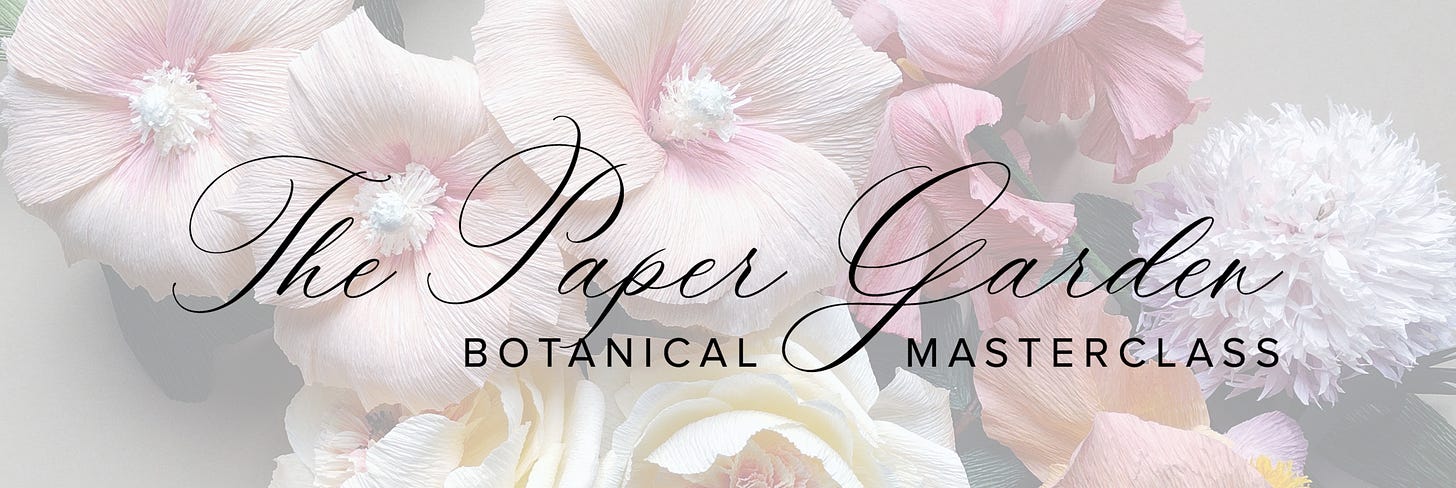
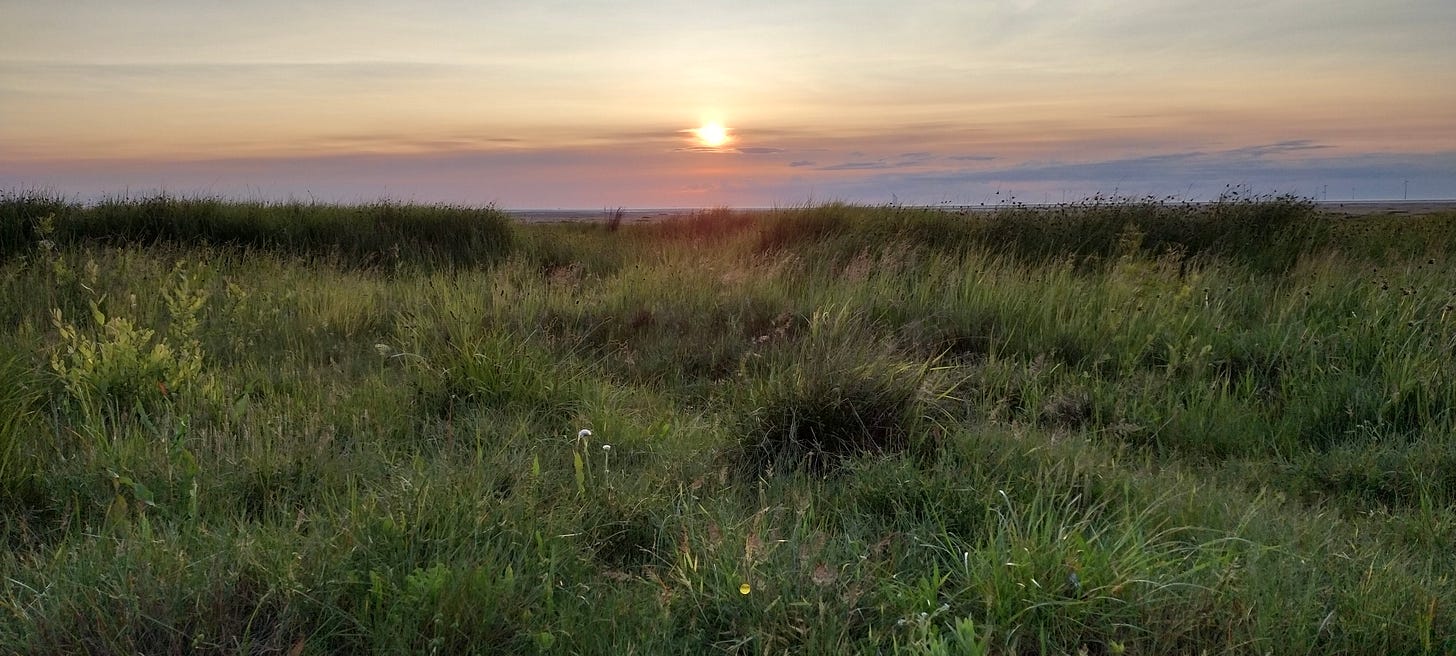
It’s so good to see the vegetation on the beach Ling, and your flowers—photographed and made. The link to the Hilbre project artists will see me return. I hope you have a wonderful Open Studios.
Hello ☺️. Your post really inspired me today. We're talking the same language! I was curious about the nature connection course so I signed up to. I just had an interesting couple of hours. So thank you for sharing x